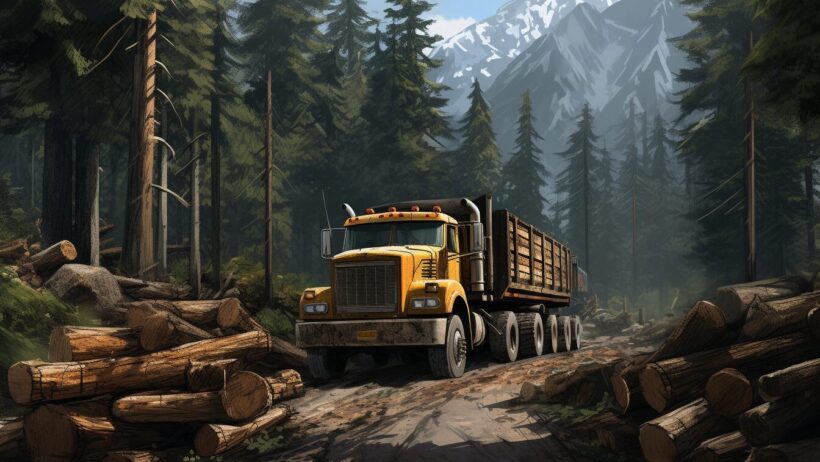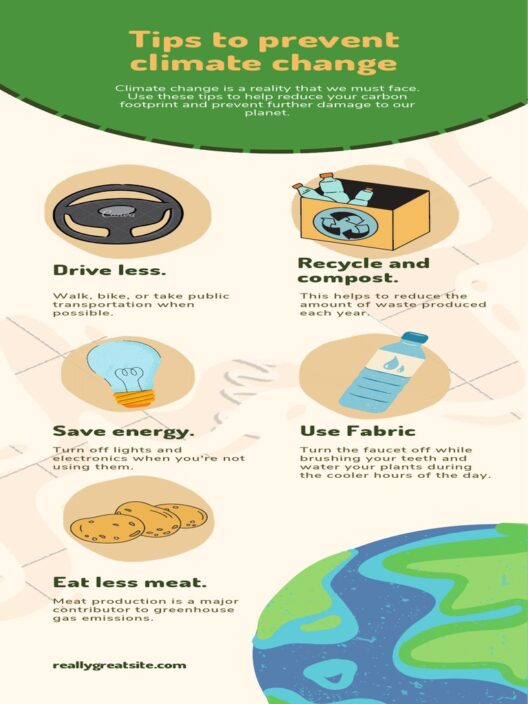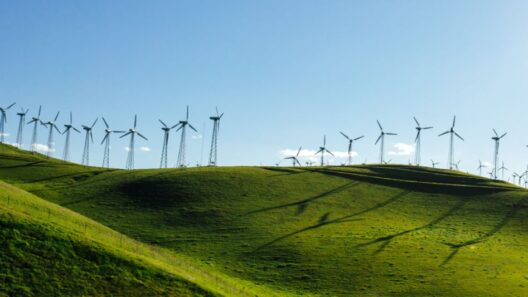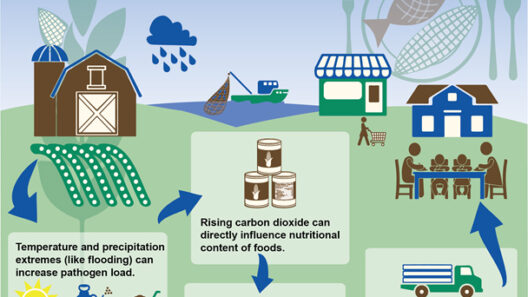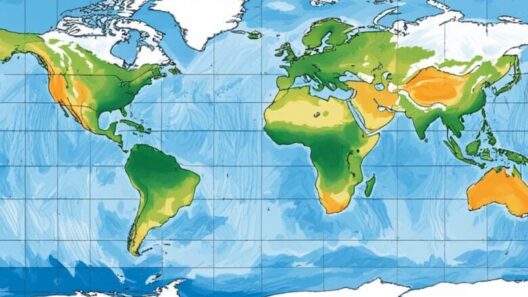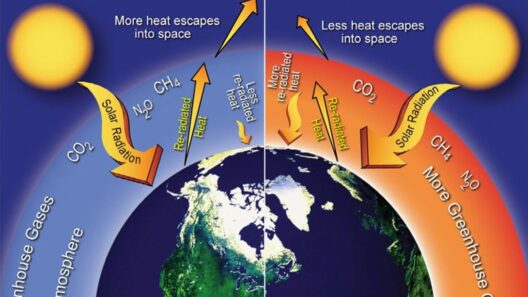Deforestation is often described in stark terms — trees are felled, habitats are destroyed, and biodiversity is lost. But how does this act of clearing land resonate beyond our immediate environment? What challenges arise when our actions have such a profound impact on the global climate? As we delve into the intricacies of this issue, we’re compelled to confront some hard-hitting questions about our relationship with nature.
The clearing of forests for agriculture, urban development, and logging is not merely a local predicament; it sends ripples through the fabric of the Earth’s climate system. Deforestation stands as a pivotal force in climate change, a phenomenon that urgently calls for our attention and action. So, let’s explore how this practice interlinks with climate change, unravel its consequences, and ponder the solutions we can implement.
What Happens When Forests Are Lost?
At the crux of the deforestation dilemma is the realization that forests function as indispensable carbon sinks. When trees thrive, they absorb carbon dioxide (CO₂) from the atmosphere. This process regulates the concentration of greenhouse gases, which are largely responsible for the warming of our planet. Now, consider this: when trees are cut down or burned, not only do we lose their carbon-storing capacity, but the very act of deforestation releases CO₂ back into the atmosphere. This double-edged sword manifests in escalating climate issues, as a significant volume of carbon is reintroduced into the atmosphere every year due to forest loss.
Moreover, forests play a crucial role in maintaining local and regional climates. The transpiration process — where trees release water vapor — contributes to the regulation of temperature and precipitation patterns. Deforestation disrupts these natural cycles, leading to alterations in rainfall patterns and regional climates. Consequently, areas that were once lush and vibrant may devolve into arid regions, exacerbating problems such as droughts and water scarcity.
The Loss of Biodiversity: A Global Crisis
Another paramount consequence of deforestation is the grave threat it poses to biodiversity. Forests are bustling ecosystems that house countless species of flora and fauna. The extinction of species due to habitat destruction is an irreversible loss, and it destabilizes ecological balance. Each organism, from the smallest insect to the largest mammal, plays a role in maintaining the health of its ecosystem. The interdependency among species is a delicate web, and the severance of any strand can lead to larger ecological failures.
Moreover, biodiversity loss also undermines our potential to address climate change. Diverse ecosystems are more resilient to change. They can adapt to shifting weather patterns and help mitigate the effects of climate change by maintaining soil health, regulating pest populations, and even influencing local climates. Therefore, as deforestation diminishes this diversity, it further jeopardizes our planet’s ability to manage environmental crises effectively.
Climate Feedback Loops: An Unraveling Cycle
Deforestation engenders a series of climatic feedback loops that can exacerbate global warming. For instance, the loss of trees contributes to higher temperatures, which can, in turn, lead to wildfires. These fires not only destroy more forested areas but also release additional CO₂ into the atmosphere. This cycle of destruction is perilously self-perpetuating; as forests burn and fail to regenerate due to ongoing land use pressures, the cycle intensifies.
Furthermore, changing climates can make reforestation more challenging. When regions become too hot or dry, the indigenous flora may struggle to thrive, making recovery near impossible. Such implications stress the urgency of maintaining existing forests while promoting sustainable practices that prioritize long-term ecological health and resilience.
Finding Solutions: Transformative Approaches to Deforestation
As we navigate the complex interplay between deforestation and climate change, solutions are imperative. First and foremost, sustainable land management practices need to be adopted. By focusing on techniques that increase productivity without clearing further land, we can strike a balance between agricultural demands and environmental stability.
Reforestation and afforestation efforts are pivotal. Restoring degraded land and planting trees not only absorbs CO₂ but also re-establishes habitats for wildlife. Encouraging community involvement in these initiatives fosters a sense of stewardship towards the environment. Educational programs that inform local populations about the benefits of forests can facilitate a cultural shift toward preservation.
Policies supporting sustainable forestry and stricter regulations against illegal logging practices can help alleviate the burden on forests. Governments and organizations must collaborate to enforce these regulations and promote practices that regard conservation as equally significant as economic gain.
The world stands at a precipice regarding deforestation and climate change. Each act of destruction leads us further into a quagmire of environmental challenges. But with awareness, policy changes, and a collective commitment to sustainable practices, we have the potential to mitigate these effects. The question that arises is: are we prepared to embrace the challenge of changing our practices? Ultimately, the fate of our forests — and our climate — hangs in the balance.



